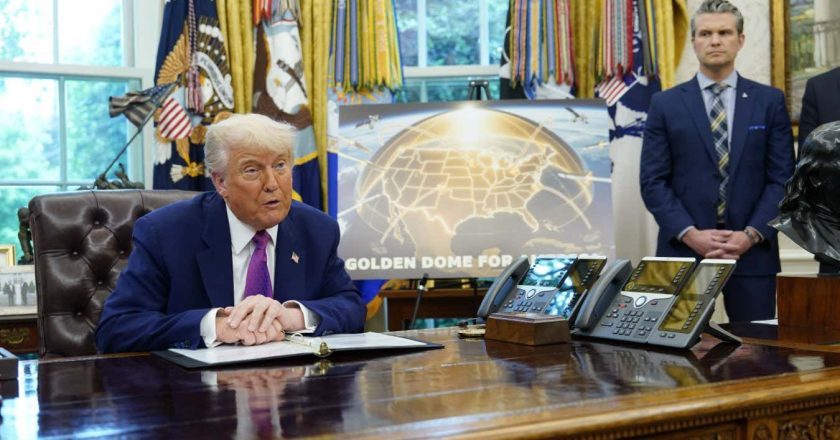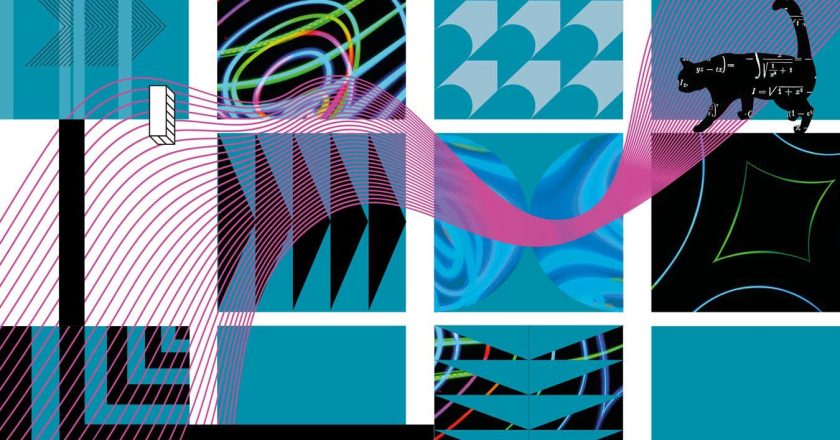Trump’s Golden Dome defence project could spur a space arms race
US President Donald Trump (left), accompanied by US Secretary of Defense Pete Hegseth (right), announces the Golden Dome missile defense shieldCHRIS KLEPONIS/POOL/EPA-EFE/Shutterstock
US President Donald Trump has proposed a defence project, called the Golden Dome, to intercept any incoming hypersonic, ballistic and advanced cruise missiles that threaten the country.
“Once fully constructed, the Golden Dome will be capable of intercepting missiles even if they are launched from other sides of the world and even if they are launched from space,” said Trump during the White House announcement on 20 May.
But such a thorough interception system may not be possible. Some experts also warn that, even if it works, the Golden Dome would take at least a decade to build, cost mo...




